Garden Tips and How to Start a Salsa Garden
March 14, 2023
By Cristen Clark
Learn tips for gardening in Iowa, plus find tips to enjoy your own homegrown salsa.

Are you curious about starting a garden? Gardening is a fun hobby for me and a sanctuary for my family when the craziness of life gets in the way. It’s fun to grow food and share it with friends and family. I am not a gardening expert, but I’ve learned a lot from my friends at Earl May Garden Center and others blessed with green thumbs!
Here are some of my top tips for the most popular vegetables grown in Zone 5 gardens in Iowa. Exercise caution when you start your first garden and keep it simple; it is easy to become overwhelmed with growing too much!
Tomatoes
Planning and Planting: Tomatoes are one of the most popular plants to grow in Iowa. When planting, trim lower branches off the tomato plant and plant deeper to encourage root growth. The fine hairs on the stem of the tomato plant will turn into roots. Planting deeply is also beneficial in Iowa because spring winds can quickly snap a tender tomato plant. I also add antacid tablets to the hole I plant the tomatoes in to add extra calcium to the soil. I mix the soil from the hole I dug with compost to loosen it up. I then add “Plant Start” solution, available at Earl May Garden Centers, to reduce transplant shock to the plant and hole.
Feeding and Monitoring: I add tomato fertilizer spikes every couple of weeks through the growing season to keep the plants happy. Pluck the “suckers,” which are branches that don’t grow anything, off tomato plants to keep energy in growing fruits and beneficial parts of the plant. Keep an eye out for any pests, blight, discolorations and plant health issues. For help, take photos or leaves (in a sealed plastic baggie) to your local Earl May Garden Center. They will help you solve pest or health issues and provide solutions to keep your garden growing.
Cucumbers Green Beans and Snap Peas
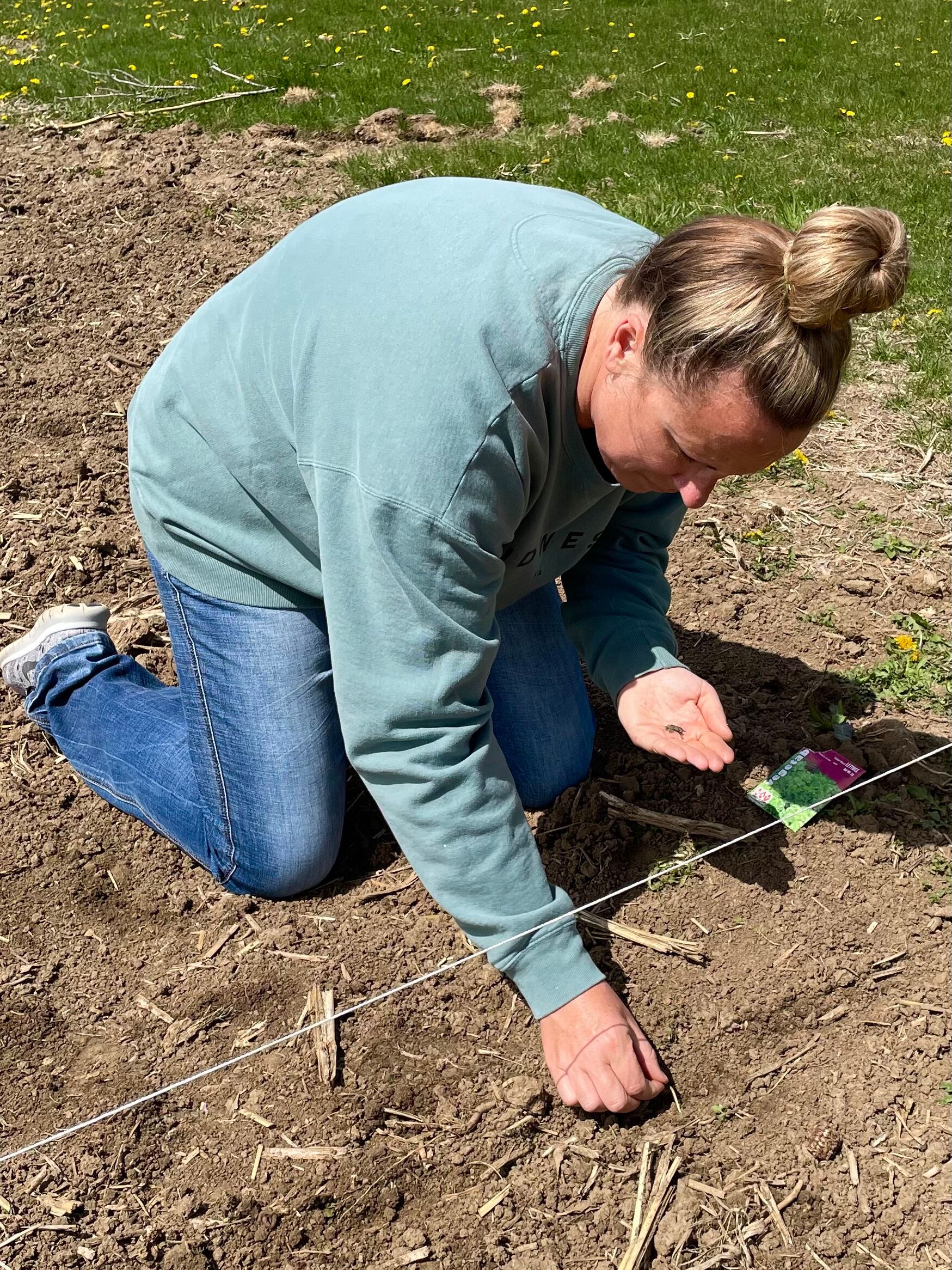
You’d be hard-pressed to find a warm-weather food spread that didn’t include a cucumber salad, a snappy green bean recipe or tender snap peas. I have the best luck sowing my cucumber seeds directly into the soil. I plant cucumbers on a small trellis made from netting I purchase at a hardware store. Doing this keeps the cucumbers off the ground, increasing airflow to the plant. I grow a few varieties each year, and my favorite slicing tomatoes are Straight Eight, Katrina and Diva. We also grow green beans and snap peas vertically next to the cucumbers. This makes harvesting much easier and the bounty greater.
Onions and Lettuce
I love growing onions and lettuce. They are the heavy workers in our garden. We grow spring onions and table onions. We pick a row clean of any lettuces that weren’t cut-and-come-again, and after adding compost, plant more into the row in its place. Lettuce is a cool season crop, but we enjoy it all year because we plant a second planting between tall flowers to shade it from heat.
Herbs
A small patio garden sits right outside my office window facing west. Most of the herbs I grow do well in containers. However, I have always struggled with growing basil. Once I planted basil in my south-facing garden, it did much better. Basil loves heat and water. Harvest basil regularly and pinch the plant’s top off to increase a sturdier plant that is lower to the ground.
Marigolds and Other Flowers
I have learned how beneficial marigolds are in keeping pests away. We plant different types of marigolds around the garden to mark rows of newly planted seeds. It is a beautiful sight to have flowers in my garden; as a bonus, the pests stay away. I have different types of flowers growing around the garden because I love the pops of color and working in the garden with pollinators swirling around me.
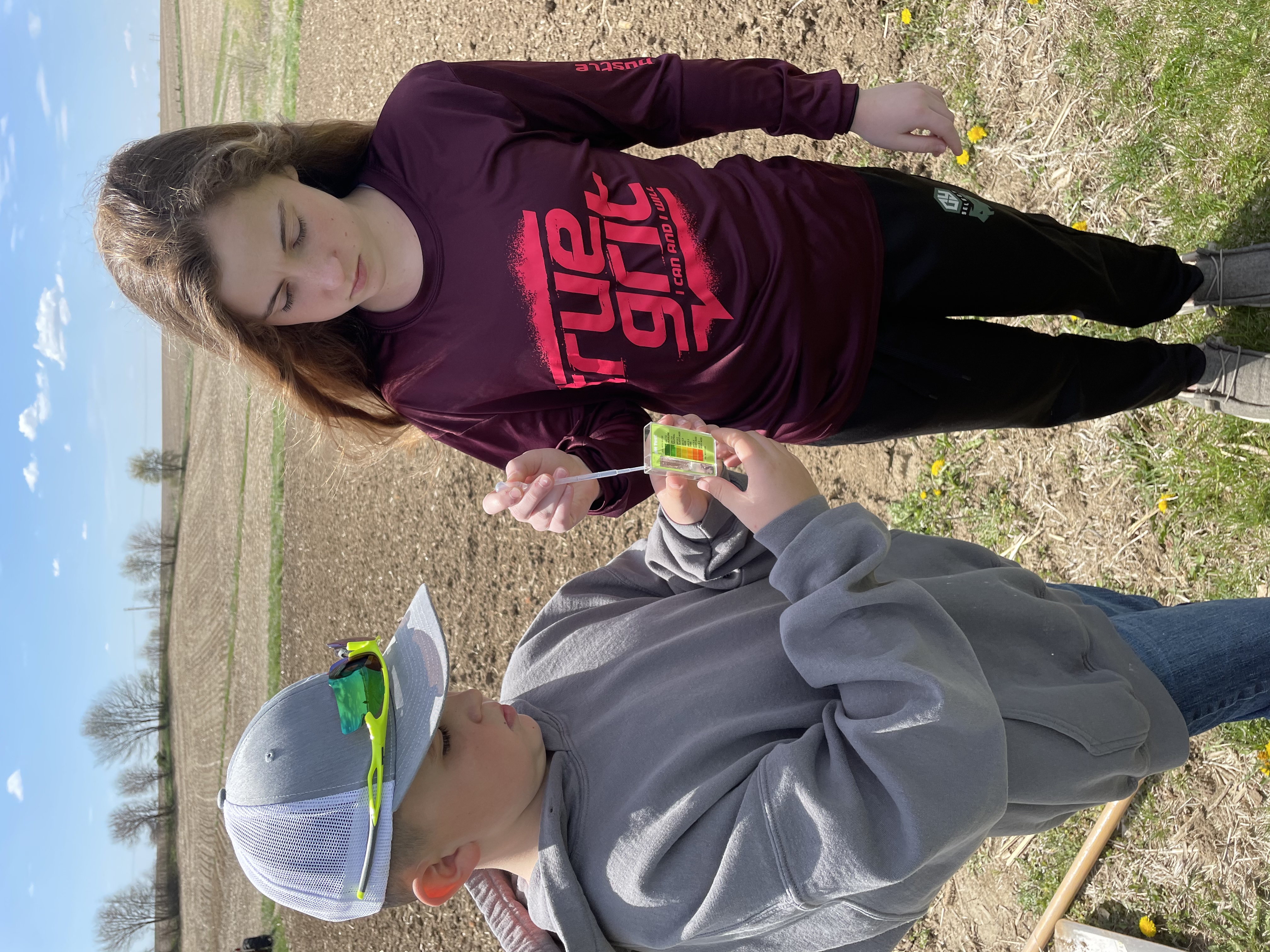
Soil Amendments and More
I recommend every gardener do a soil test. It is much easier to figure out the best growing practices if you know what soil type you are working with for your garden. On our farm, we have clay-type soil. Earl May Garden Center suggests I use a product called “Structure,” a polymer that opens the clay soil to invite water and nutrients to travel through and feed the garden plants. We purchased several truckloads of compost from Metro Waste Authority – a cost-effective way to bring nutrients to the soil and lighten it up when mixed with our natural clay soil. We also use it to suppress weeds, which works well. Ryan Case, manager of the Earl May Garden Center in Ankeny, recommends fertilizing more frequently after harvesting.
Starting from Seed
Starting garden plants from seed is an art that requires special soil, a consistent light source and cautious care. To embark on this journey, one must prepare. I grow garden vegetables and flowers of all kinds from seed. I prefer to direct sow most of my garden seeds and buy plant starts from Earl May for tomatoes, peppers, onions and herbs. I save money when I purchase plant starts versus growing vegetable plants from seed. It is truly a labor of love!
Watch these videos to learn more!
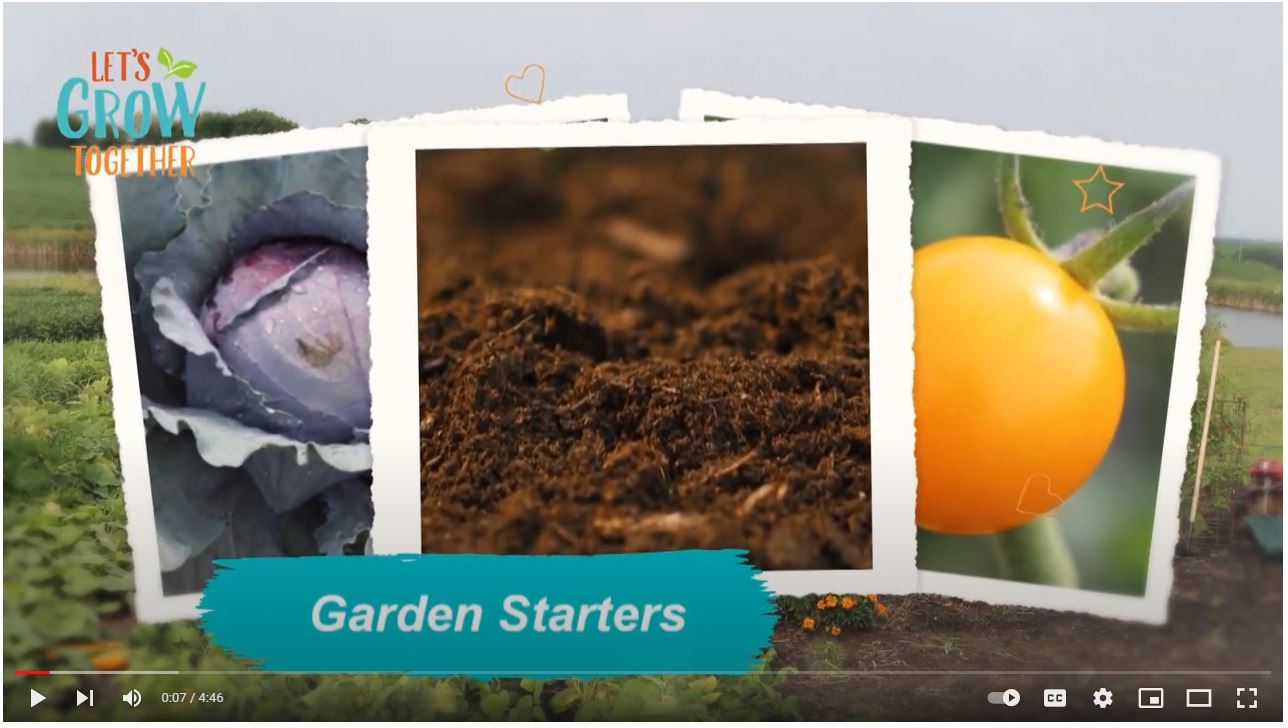
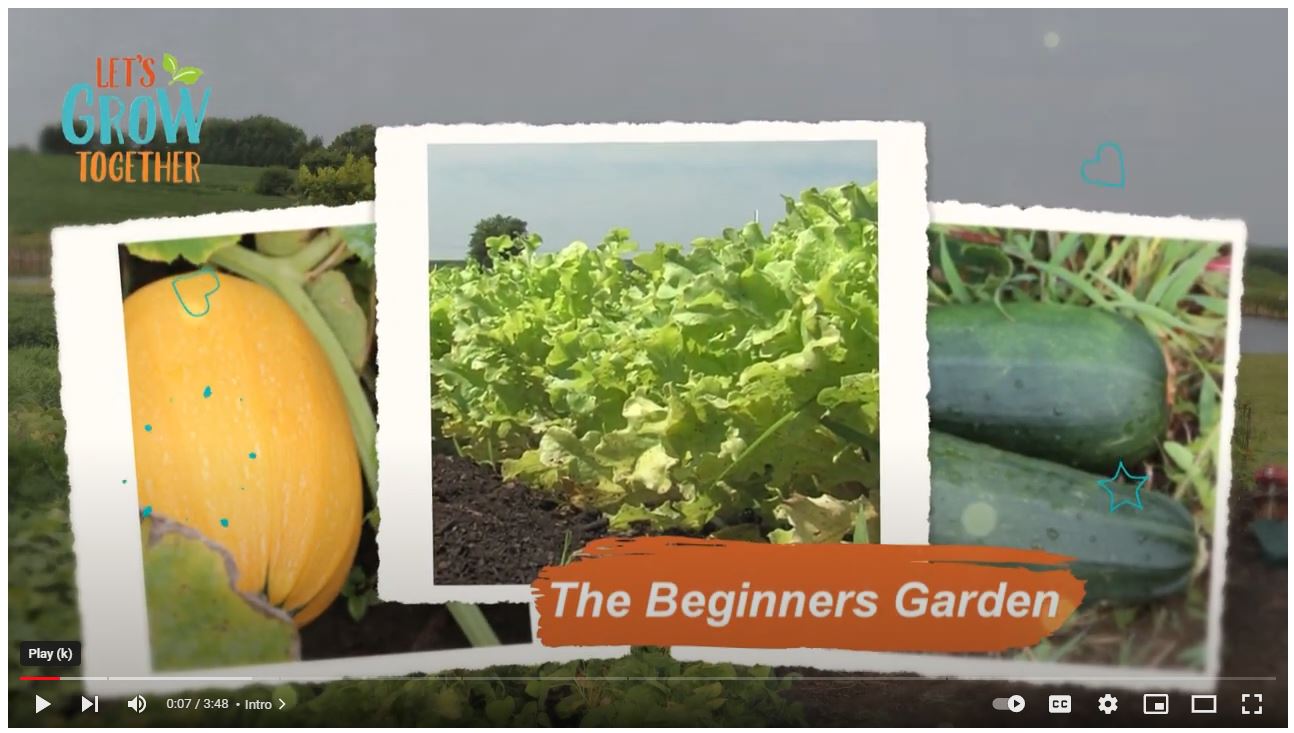
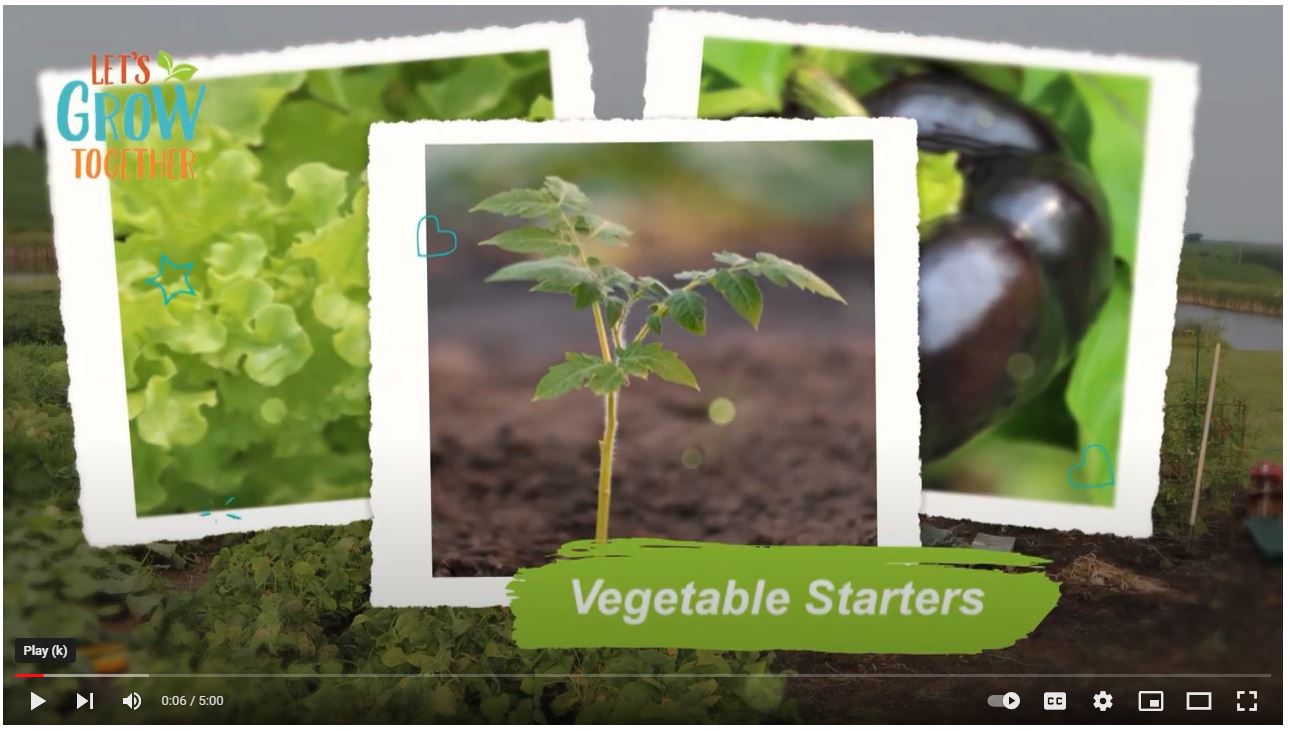
Planning a Salsa Garden
If you are new to gardening and want to jump in, try a salsa garden. Salsa gardens take up limited space and can also be grown in containers.
Be sure to select an area where you’ll set containers or a raised bed location that receives six or more hours of sun per day. Situating your containers or raised bed near a water source is essential, as even watering will create the best growing environment.
Consider these tips and ideas to get you off to a successful start.
1. Select Tasty Tomato Varieties
Choose meaty varieties of tomatoes that have great flavor. Indeterminate varieties grow quite large and bear fruit until the fall frost. Be sure to grow these varieties on the north side of your planting area, so they don’t shade out other plants. Determinate tomato varieties only bear fruit for a certain amount of time and only reach a certain size; they are suited for container gardening. My family’s favorite tomato varieties are Brandywine (pink beefsteak variety), Kellogg’s Breakfast (orange), Lemon Boy (yellow) and Cherokee Purple (dusky red/purple).
2. Choose Onions and Peppers
Select varieties that grow well in your climate. We like to grow onion sets (small bulbs) because they are easy and readily available. Jalapeno peppers are classic for salsa and grow abundantly. My favorite variety is El Jefe, which combines the power of early production and bountiful yield. I’ve also grown and enjoyed Jalafuego and Jedi jalapeno varieties.
3. Round Out Flavor with Herbs
Cilantro lovers unite when it comes to classic salsa. I typically buy plants and also start cilantro from seed because it matures and bolts quickly under the stress of the hot weather that tomatoes and peppers love. I also enjoy growing chives, garlic chives and basil to add to various types of salsas and marinades.
Small Batch Garden Salsa
Makes around 2 cups
- 4-5 fresh tomatoes, cored, X slit cut in base, boiled 2
 minutes, cooled (or 1 can 14.5 oz peeled whole tomatoes and their juice)
minutes, cooled (or 1 can 14.5 oz peeled whole tomatoes and their juice)
- ¼ cup red onion, roughly chopped
- 1 handful of chives, roughly chopped
- ¼ cup fresh cilantro leaves, chopped
- 1 clove garlic, smashed and finely minced
- ½-1 jalapeno, seeded and roughly chopped
- ½ teaspoon salt
- 2 tablespoons citrus juice, lemon or lime
- 1 pinch sugar, if desired to offset acidity from tomatoes
Pulse all ingredients in a food processor until desired consistency is achieved. Taste test. Refrigerate for several hours for best results. Store the prepared salsa in the refrigerator for up to 1 week.